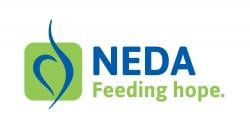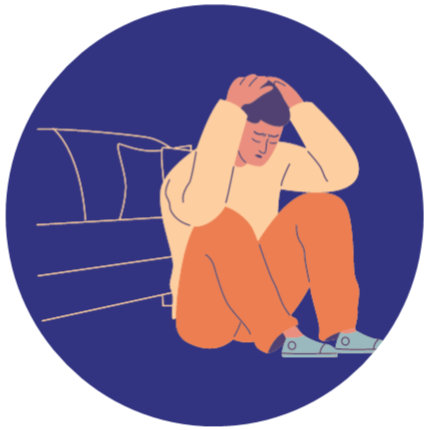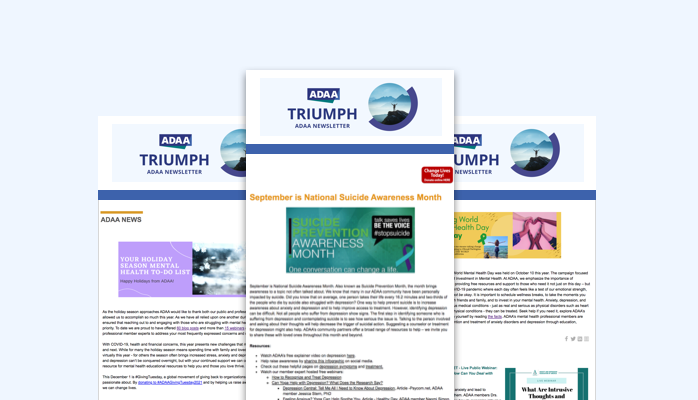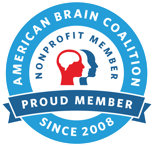Please note that eating disorders are complex and some eating issues will not meet diagnostic criteria. All eating concerns must be taken seriously.
- Anorexia Nervosa
- Binge Eating Disorder
- Other Specified Feeding and Eating Disorders (OSFED)
- Avoidant Restrictive Food Intake Disorder (ARFID)
- Rumination Disorder
- Unspecified Feeding or Eating Disorder (UFED)
Anorexia Nervosa
Anorexia nervosa is an eating disorder characterized by weight loss (or lack of appropriate weight gain in growing children); difficulties maintaining an appropriate body weight for height, age, and stature; and, in many individuals, distorted body image. People with anorexia generally restrict the number of calories and the types of food they eat. Some people with the disorder also exercise compulsively, purge via vomiting and laxatives, and/or binge eat.
Common Signs & Symptoms:
- Dramatic weight loss
- Dresses in layers to hide weight loss or stay warm
- Preoccupation with weight, food, calories, fat grams, and dieting. Makes frequent comments about feeling “fat.’
- Resists or is unable to maintain a body weight appropriate for their age, height, and build
- Maintains an excessive, rigid exercise regime – despite weather, fatigue, illness, or injury
- Bulimia nervosa is a serious, potentially life-threatening eating disorder characterized by a cycle of bingeing and compensatory behaviors such as self-induced vomiting designed to undo or compensate for the effects of binge eating.
- Common Signs & Symptoms:
- Evidence of binge eating, including disappearance of large amounts of food in short periods of time or lots of empty wrappers and containers indicating consumption of large amounts of food
- Evidence of purging behaviors, including frequent trips to the bathroom after meals, signs and/or smells of vomiting, presence of wrappers or packages of laxatives or diuretics
- Drinks excessive amounts of water or non-caloric beverages, and/or uses excessive amounts of mouthwash, mints, and gum
- Has calluses on the back of the hands and knuckles from self- induced vomiting
- Dental problems, such as enamel erosion, cavities, discoloration of teeth from vomiting, and tooth sensitivity
Binge Eating Disorder (BED)
Binge eating disorder (BED) is a severe, life-threatening, and treatable eating disorder characterized by recurrent episodes of eating large quantities of food (often very quickly and to the point of discomfort); a feeling of a loss of control during the binge; experiencing shame, distress or guilt afterwards; and not regularly using unhealthy compensatory measures (e.g., purging) to counter the binge eating. It is the most common eating disorder in the United States.
BED is one of the newest eating disorders formally recognized in the DSM-5. Before the most recent revision in 2013, BED was listed as a subtype of EDNOS (now referred to as OSFED). The change is important because some insurance companies will not cover eating disorder treatment without a DSM diagnosis.
Common Signs & Symptoms:
- Secret recurring episodes of binge eating (eating in a discrete period of time an amount of food that is much larger than most individuals would eat under similar circumstances); feels lack of control over ability to stop eating
- Feelings of disgust, depression, or guilt after overeating, and/or feelings of low self-esteem
- Steals or hoards food in strange places
- Creates lifestyle schedules or rituals to make time for binge sessions
- Evidence of binge eating, including the disappearance of large amounts of food in a short time period or a lot of empty wrappers and containers indicating consumption of large amounts of food.
Other Specified Feeding and Eating Disorders (OSFED)
Other Specified Feeding and Eating Disorders (OSFED) was previously known as Eating Disorder Not Otherwise Specified (EDNOS) in past editions of the Diagnostic and Statistical Manual. Despite being considered a ‘catch-all’ classification that was sometimes denied insurance coverage for treatment as it was seen as less serious, OSFED/EDNOS is a serious, life-threatening, and treatable eating disorder. The category was developed to encompass those individuals who did not meet strict diagnostic criteria for anorexia nervosa or bulimia nervosa but still had a significant eating disorder. In community clinics, the majority of individuals were historically diagnosed with EDNOS.
Common Signs & Symptoms:
Because OSFED encompasses a wide variety of eating disordered behaviors, any or all of the following symptoms may be present in people with OSFED.
- Frequent episodes of consuming very large amount of food followed by behaviors to prevent weight gain, such as self-induced vomiting
- Evidence of binge eating, including disappearance of large amounts of food in short periods of time or lots of empty wrappers and containers indicating consumption of large amounts of food
- Self-esteem overly related to body image
- Dieting behavior (reducing the amount or types of foods consumed)
- Expresses a need to “burn off” calories taken in
- Evidence of purging behaviors, including frequent trips to the bathroom after meals, signs and/or smells of vomiting, presence of wrappers or packages of laxatives or diuretics
Avoidant Restrictive Food Intake Disorder (ARFID)
Avoidant Restrictive Food Intake Disorder (ARFID) is a new diagnosis in the DSM-5, and was previously referred to as “Selective Eating Disorder.” ARFID is similar to anorexia in that both disorders involve limitations in the amount and/or types of food consumed, but unlike anorexia, ARFID does not involve any distress about body shape or size, or fears of fatness.
Although many children go through phases of picky or selective eating, a person with ARFID does not consume enough calories to grow and develop properly and, in adults, to maintain basic body function. In children, this results in stalled weight gain and vertical growth; in adults, this results in weight loss. ARFID can also result in problems at school or work, due to difficulties eating with others and extended times needed to eat.
Common Signs & Symptoms:
- Dramatic weight loss
- Limited range of preferred foods that becomes narrower over time (i.e., picky eating that progressively worsens)
- Fears of choking or vomiting
- No body image disturbance or fear of weight gain
- Pica is an eating disorder that involves eating items that are not typically thought of as food and that do not contain significant nutritional value, such as hair, dirt, and paint chips.
Common Signs & Symptoms:
- The persistent eating, over a period of at least one month, of substances that are not food and do not provide nutritional value
- Typical substances ingested tend to vary with age and availability. They may include paper, soap, cloth, hair, string, wool, soil, chalk, talcum powder, paint, gum, metal, pebbles, charcoal, ash, clay, starch, or ice.
Rumination Disorder
Rumination disorder involves the regular regurgitation of food that occurs for at least one month. Regurgitated food may be re-chewed, re-swallowed, or spit out. Typically, when someone regurgitates their food, they do not appear to be making an effort, nor do they appear to be stressed, upset, or disgusted.
Unspecified Feeding or Eating Disorder (UFED)
Unspecified feeding or eating disorder (UFED) applies to presentations in which symptoms characteristic of a feeding and eating disorder that cause clinically significant distress or impairment in social, occupational, or other important areas of functions predominate but do not meet the full criteria for any of the disorders in the feeding and eating disorders diagnostic class.
The unspecified feeding and eating disorder category is used in situations in which the clinician chooses not to specify the reason that the criteria are not met for a specific feeding and eating disorder, and includes presentation in which there is insufficient information to make a more specific diagnosis (e.g., in emergency room settings).

Thank you to our partner organization, National Eating Disorder Association.















